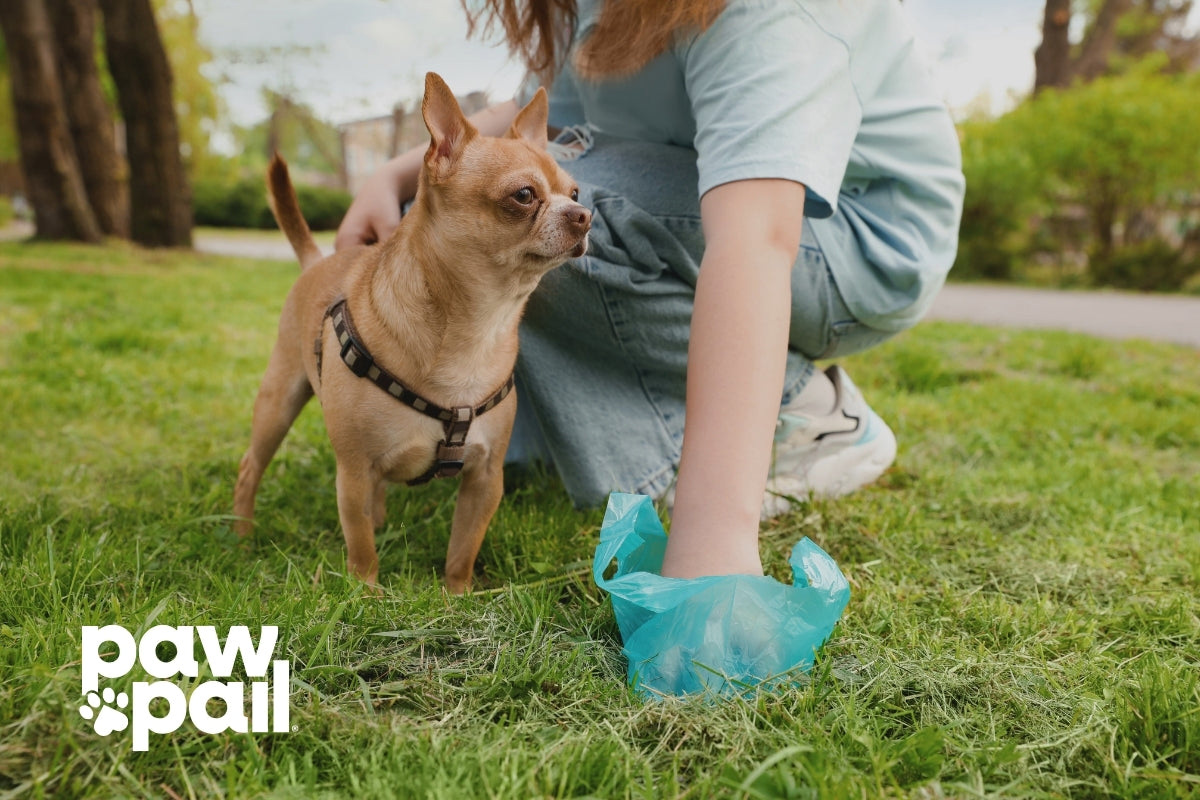Our beloved canine companions bring immense joy and companionship into our lives. Yet, beneath their furry exteriors lies a lesser-known, often unseen threat: the potential transmission of various parasitic worms to humans. While the thought of internal parasites can be unsettling, understanding the risks, learning what are the symptoms of worms in humans from dogs, and implementing preventative measures are crucial for protecting both human and pet health.
How Worms Jump Species
The primary route of transmission for most dog-borne worms to humans is through the ingestion of microscopic worm eggs or larvae, or sometimes through direct skin penetration. Dogs, being curious creatures, explore their environment through sniffing and licking, often picking up these parasites from contaminated soil, feces, or even infected prey. They then shed eggs or larvae in their own waste, creating a cycle of potential infection for humans.
Children, due to their natural curiosity and tendency to put their hands in their mouths, are particularly vulnerable. Playing in parks, sandboxes, or even backyards where infected dog feces have been present can lead to accidental ingestion of worm eggs. Gardeners, construction workers, and anyone with frequent contact with soil are also at increased risk.
Types of Worms and Their Human Impact
Several types of worms commonly infect dogs and can cause illness in humans. Understanding these is crucial for recognition and management.
Roundworms (Toxocara canis)
These common worms shed microscopic eggs in dog feces. Humans, especially children, get infected by ingesting these eggs from contaminated soil or dog fur. In humans, larvae don't mature but migrate, causing toxocariasis. Symptoms, often non-specific, can include fever, cough, abdominal pain (Visceral Larva Migrans - VLM), or severe vision problems if larvae reach the eye (Ocular Larva Migrans - OLM). Most cases are asymptomatic.
Hookworms (Ancylostoma species)
Dog hookworm larvae in contaminated soil can penetrate human skin, usually on the feet. This causes Cutaneous Larva Migrans (CLM), an intensely itchy, red, winding rash known as "creeping eruption." While uncomfortable, these larvae typically die in the skin. Intestinal infection is rare and usually mild.
Tapeworms (Dipylidium caninum, Echinococcus species)
Dog tapeworm (Dipylidium caninum) is acquired by ingesting infected fleas (often by children). Usually asymptomatic, but can cause mild abdominal discomfort or visible rice-like segments in stool. Meanwhile, Hydatid tapeworm (Echinococcus granulosus, E. multilocularis) is a serious threat. Humans ingest microscopic eggs from dog feces, leading to Hydatid Disease. Larvae form slow-growing cysts primarily in the liver and lungs, or other organs. Symptoms appear years later, depending on cyst size and location (e.g., abdominal pain, cough). Rupture can cause severe allergic reactions.
Whipworms (Trichuris vulpis)
Dog whipworms are rarely a significant human health concern. While ingestion of eggs from contaminated soil is possible, severe infections in humans are extremely rare, and symptoms (like chronic diarrhea) are uncommon.
General Symptoms of Worms in Humans
While specific symptoms vary by worm type, several general signs can indicate a potential parasitic infection in humans that might have originated from a dog. Gastrointestinal disturbances, unexplained weight loss, fatigue and weakness, various skin manifestations such as rashes, and respiratory issues. However, the most direct sign is seeing actual worms or worm segments in stool, around the anus, or occasionally emerging from other orifices.
Safeguarding Human and Canine Health
The good news is that most worm infections from dogs to humans are preventable through a combination of good hygiene and responsible pet ownership. Regular deworming is key. Work with your veterinarian to establish a regular deworming schedule for your dog, especially puppies, as they are often born with roundworms.
Always pick up and properly dispose of dog feces immediately. This prevents worm eggs from contaminating the environment. Use bags and dispose of them in sealed bins. Wash hands thoroughly with soap and water, especially after playing with pets, handling pet waste, gardening, or before eating. Teach children the importance of handwashing.
Since fleas can transmit tapeworms, effective flea control for your dog is essential. Monitor children playing in potentially contaminated areas like sandboxes or public parks. Teach them not to put dirt or objects from the ground into their mouths.
Keep sandboxes covered when not in use to prevent pets from using them as litter boxes. Refrain from walking barefoot in areas where dog feces may be present, particularly in parks or undeveloped areas.
Ensure all food is thoroughly washed, especially produce that may have come into contact with soil. Drink only treated or boiled water when in areas with uncertain water quality.
When to Seek Medical Help
If you suspect you or a family member has a worm infection, it is crucial to consult a healthcare provider. Diagnosis typically involves a physical examination, a detailed medical history, and specific laboratory tests, such as stool sample analysis for eggs or parasites, blood tests to check for antibodies or elevated eosinophil counts (a type of white blood cell often elevated during parasitic infections), or imaging studies (ultrasound, CT scans, MRI) for detecting cysts in cases of hydatid disease.
Treatment usually involves antiparasitic medications, which are highly effective against most worm infections. The specific medication and duration of treatment will depend on the type of worm and the severity of the infection. For hydatid cysts, treatment may involve medication, aspiration, or surgical removal, depending on the cyst's size, location, and condition.
Prioritizing Pet and Human Health
Protecting your family from dog-borne worms starts with diligent hygiene and responsible pet care. Regular veterinary check-ups and deworming are non-negotiable, but effective waste management is equally vital.
For an easy and hygienic solution, consider the Paw Pail. Its convenient design makes immediate waste disposal effortless, transforming a chore into a simple step towards a healthier home and community for everyone, including your cherished canine companion.



